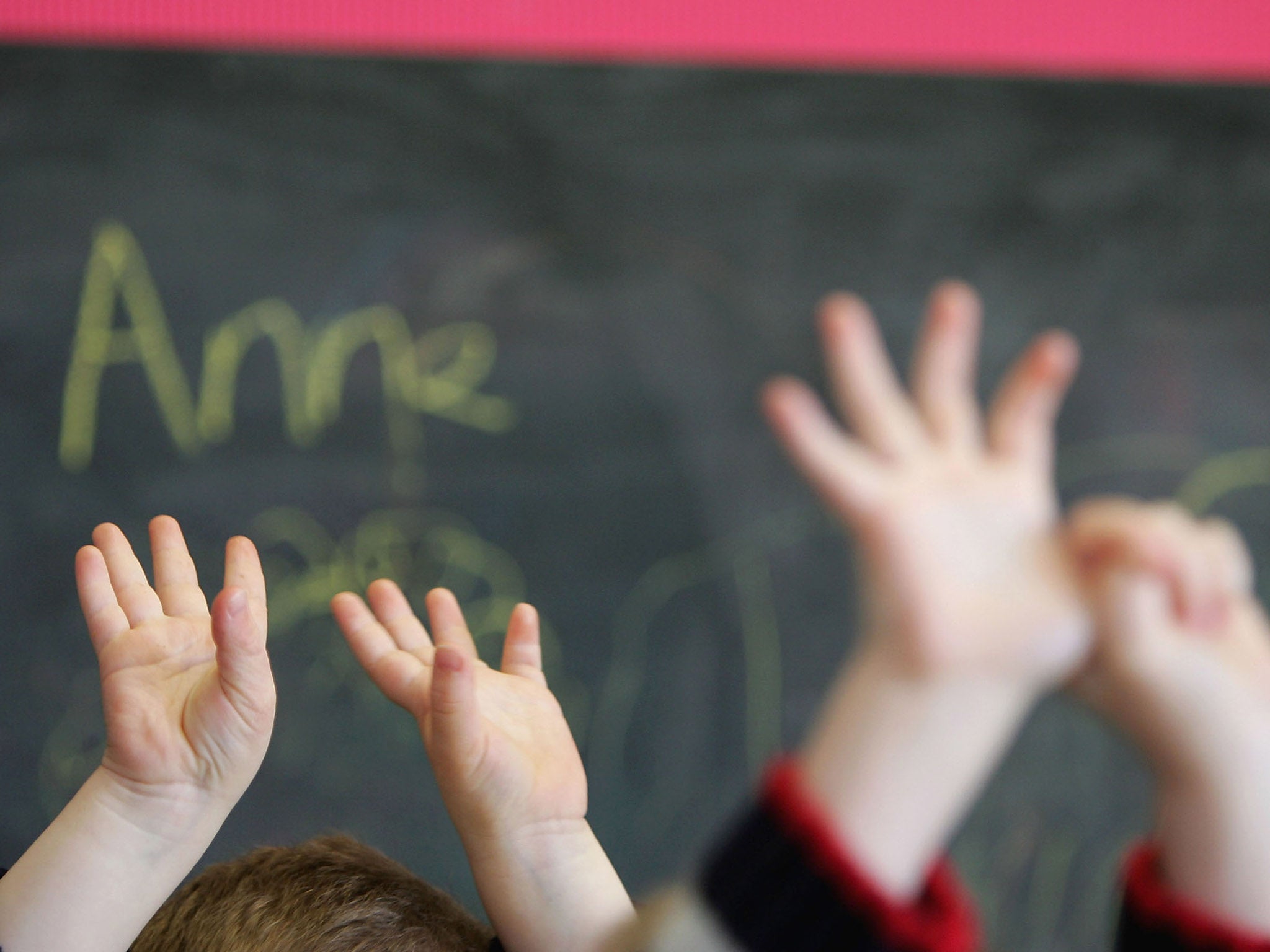Disabled children ‘constantly’ physically restrained and left with bruises and trauma, parents say
'These children are not naughty children. They are children with disabilities'

Your support helps us to tell the story
From reproductive rights to climate change to Big Tech, The Independent is on the ground when the story is developing. Whether it's investigating the financials of Elon Musk's pro-Trump PAC or producing our latest documentary, 'The A Word', which shines a light on the American women fighting for reproductive rights, we know how important it is to parse out the facts from the messaging.
At such a critical moment in US history, we need reporters on the ground. Your donation allows us to keep sending journalists to speak to both sides of the story.
The Independent is trusted by Americans across the entire political spectrum. And unlike many other quality news outlets, we choose not to lock Americans out of our reporting and analysis with paywalls. We believe quality journalism should be available to everyone, paid for by those who can afford it.
Your support makes all the difference.Children with learning disabilities and complex needs have been physically restrained in school as much as 80 times in just three months, leaving them injured and traumatised, parents say.
A 12-year-old boy with sensory processing disorder, autism and ADHD was restrained “constantly” at a special school in Essex for up to five hours at a time, his mother told The Independent.
Lucy, mother of Ellis, said he would come back from school with bruises all over his body after being pinned down. He would hide in the garage because the experience had left him terrified.
“Because of his sensory disorder, touch is Ellis’ biggest trigger,” she said. “So you just don’t touch him. Before he went to that school, he had never had to be restrained in his life.”
Lucy is one of the parents who have launched a campaign calling on the government to better regulate the use of restraint in schools to stop disabled children from being “hurt every day”.
“It is hard enough raising a child like Ellis without the added worry of people who should be caring for him constantly traumatising him,” Lucy said. “I am so worried about the damage this has done.”
The families say a lack of clear guidance has led to some schools often using restraint against children with special education needs and disabilities (SEND) – despite there being no risk of serious harm.
Becky said her daughter Abi, who has foetal alcohol spectrum disorder, was restrained 81 times during one year at a special school in North Yorkshire.
She told The Independent: “What worried us was the intensity of the restraints and the fact she was being restrained very often.”
During one incident, she was held by eight members of staff as four more watched.
After multiple restraints, Abi then began to self-harm at school and threatened to run in front of cars and throw herself down stairs.
Now 15, Abi was excluded as she was taking up “too many resources”, Becky said.
“Schools are using restraint too often,” she added. “These children are not naughty children. They are children with disabilities. It just seems to be a way of working with children that is just so wrong.”
Funding pressures could be leading to a rise in the number of special schools opting for restraint amid larger class sizes and reduced one-to-one support, the National Education Union (NEU) says.
Speaking about the parents’ stories, NEU executive Jerry Glazier, who has worked at a pupil referral unit (PRU) for two decades, said: “If a school is making that number of restraints on the same child over a short period of time, then that really is excessive.”
He added: “I know that some schools are more acutely committed to trying to avoid using physical restraint as it often makes matters worse rather than better.”
A crowdfunding appeal has been launched to pay for legal advice to see whether a judicial review can be taken against the government over inadequate safeguards on the use of restraint in schools.
The families want education secretary Damian Hinds to introduce a law regulating the use of restraint, as well as other restrictive practices – such as seclusion in schools.
It comes after a December report by the Children and Young People’s Commissioner Scotland, James Adamson, which found guidelines on restraint and seclusion in Scottish schools were falling short.
Anna Cole, parliamentary and inclusion specialist at the Association of School and College Leaders, said the use of restraint intervention occurs in “extremely challenging circumstances”.
However, she added: “We would welcome clearer guidance over this difficult and sensitive area, and have responded to a government consultation on reducing the need for restraint intervention.
“It is important to note that a key element in reducing the need for restraint intervention is the provision of tailored support for children and young people, and schools need sufficient government funding to be able to provide that support.”
The government consulted last year on draft guidelines on reducing the need for restraint for young people with SEND in health and social care services, as well as special schools.
A Department for Education (DfE) spokesperson said they were considering responses. But they added: “Schools need to be safe and calm environments, with effective behaviour management policies and approaches that meet the needs of pupils.
“At times, it may be necessary to use reasonable force to restrain a pupil, for example to break up a fight in order to protect teachers and other pupils.”
Join our commenting forum
Join thought-provoking conversations, follow other Independent readers and see their replies
Comments